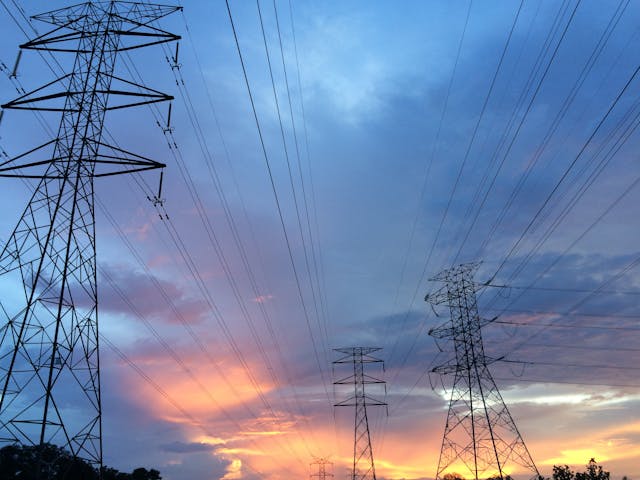
What is the difference between volts, amps, ohms, and watts? Volts measure the difference in electrical force between two points. Amps measure the flow of electricity. Ohms measure the resistance of the material. Watts measure electrical power.
The volt is named after Alessandro Volta, who built the first electric battery. Volta lived from 1745 to 1827 and he was an Italian physicist and chemist. He spent his life experimenting with electricity and he made several discoveries that furthered the field. One of the most important things he discovered was probably his battery and he proved that electricity could be created chemically. Before that, people believed electricity was only generated by living beings. The volt was named in his honor in 1861, long after Volta had passed away.
The amp is named after André-Marie Ampère, who was the first person to explain the connection between electricity and magnetism. Ampère lived from 1775 to 1836 and he was a French physicist and mathematician. Ampère wasn’t the first person to discover that an electric current could move a magnetic needle. That was a Danish physicist called Hans Christian Orsted. Ampère was the first person to produce papers explaining it mathematically with a law called Ampère’s law. He died in 1836 and the ampere (shortened to amp) was named after him in 1881.
The ohm is named after Georg Simon Ohm, who managed to work out the relationship between voltage, current, and resistance, which is called Ohm’s Law. Ohm lived from 1789 to 1854 and he was a German physicist and mathematician. The ohm was named after him in 1861.
The watt is named after James Watt, who drastically improved the steam engine and was instrumental in the Industrial Revolution. Watt lived from 1736 to 1819 and he was a Scottish scientist, mechanical engineer, and inventor. The steam engine had been invented by Thomas Newcomen, but it was very inefficient and lost a huge amount of its energy was lost heating the engine cylinder, which then had to be cooled to condense the steam. Watt worked out that having the steam condense in a separate chamber would allow the engine cylinder to remain hot and would vastly cut the wasted heat and improve the efficiency. For this reason he is known as one of the fathers of the Industrial Revolution and the watt was named after him in 1889.
So, what are the volt, the amp, and the watt? A volt is a measurement of electric potential, which is the difference in electricity between point A and point B. It can be likened to the pressure of the electricity because electricity flows from an area of high pressure, where there are a Iot of electrons, to an area of low pressure, where there aren’t many electrons. The greater the difference the more force the electricity will move with. An amp is a measurement of the flow of an electric current in a system, such as in a cable. Amps measure how many electrons are flowing along the cable. The faster the electricity is moving, the more amps it has. A watt is a measurement of how much electricity is used, or how much work is done per second. To work out watts, you have to multiply volts by amps.
The difference between the three is more easily explained by using the analogy of water flowing through pipes. If you have a tank of water with a hosepipe attached to it, the water in the tank represents volts. It is high pressure and is going to move to an area where there is low pressure. The speed with which the water flows through the hosepipe represents the amps. If the water in the tank is under higher pressure (more volts) the water is going to move faster (more amps). If the hose is wider, you can have more water speed without as much initial pressure. If the hose is narrower, you will need more water pressure. The ohms are the resistance from the sides of the hose pipe. The rougher the hosepipe is, the more resistance there will be on the flow of water. If there is more resistance, you need more water pressure to overcome it and have the same flow rate. The watts are whatever you use the water from the hosepipe to do. If you use the flow of water to turn a waterwheel, then the amount of pressure in the tank and the speed of the water will dictate how quickly and how much the waterwheel will move. And this is what I learned today.
Sources
https://en.wikipedia.org/wiki/Georg_Ohm
https://www.eia.gov/kids/history-of-energy/famous-people/ohm.php
https://en.wikipedia.org/wiki/James_Watt
https://en.wikipedia.org/wiki/Andr%C3%A9-Marie_Amp%C3%A8re
https://www.aydemperakende.com.tr/en/blog/the-life-and-inventions-of-alessandro-volta
https://www.pumptec.com/blog/difference-between-volts-and-amps
https://www.abelectricians.com.au/what-is-the-difference-between-volts-amps-watts
https://en.wikipedia.org/wiki/Volt
https://en.wikipedia.org/wiki/Alessandro_Volta
https://science.howstuffworks.com/environmental/energy/question501.htm
